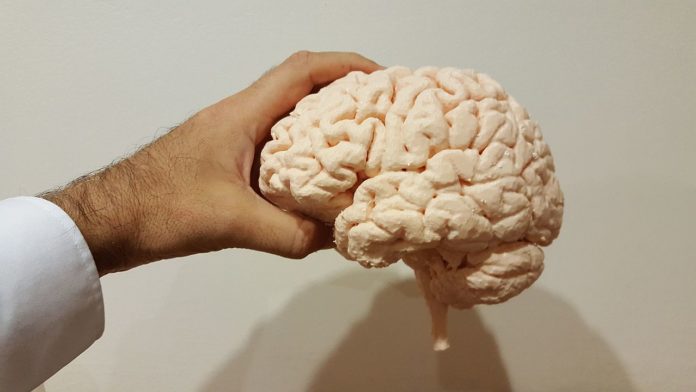
Epilepsy is associated with changes in thickness and volume differences in the grey matter of several brain regions, according to new research led by UCL and the Keck School of Medicine of USC. The largest-ever neuroimaging study of people with epilepsy, published today in Brain shows that epilepsy involves more widespread physical differences than previously assumed, even in types of epilepsy that are typically considered to be more benign if seizures are under control.
 Epilepsy is a neurological disorder that affects 0.6-1.5% of the global population, comprising many different syndromes and conditions, and defined by a tendency for seizures.
Epilepsy is a neurological disorder that affects 0.6-1.5% of the global population, comprising many different syndromes and conditions, and defined by a tendency for seizures.
According to a 2014 article in the Annals of Indian Academy of Neurology, “It is estimated that there are more than 10 million persons with epilepsy (PWE) in India. Its prevalence is about 1% in our population. The prevalence is higher in the rural (1.9%) compared to urban population (0.6%). In the Bangalore Urban Rural Neuro-epidemiological Survey (BURNS), a prevalence rate of 8.8/1000 population was observed, with the rate in rural communities (11.9) being twice that of urban areas (5.7). The estimated burden of epilepsy using the DALYs (disability adjusted life years) accounts for 1% of the total burden of disease in the world, excluding that due to social stigma and isolation, which further add to the disease burden.”
The brain abnormalities the researchers identified were subtle, and have not yet been implicated in any loss of function.
“We found differences in brain matter even in common epilepsies that are often considered to be comparatively benign. While we haven’t yet assessed the impact of these differences, our findings suggest there’s more to epilepsy than we realise, and now we need to do more research to understand the causes of these differences,” said the study’s lead author, Professor Sanjay Sisodiya (UCL Institute of Neurology & Epilepsy Society).
The study was conducted by the global ENIGMA-Epilepsy consortium, part of ENIGMA which is headquartered at the Keck School of Medicine of USC, and pooled data from 24 research centres across Europe, North and South America, Asia and Australia. Structural brain measures were extracted from MRI brain scans of 2,149 people with epilepsy, and compared with 1,727 healthy controls. The epilepsy group was analysed together for common patterns, and divided into four subgroups to identify differences.
These patterns were even present among people with idiopathic generalised epilepsies, a type of epilepsy characterised by a lack of any noticeable changes in the brain, such that typically an experienced neuroradiologist would not be able to see anything unusual in their brain scans.
“Some of the differences we found were so subtle they could only be detected due to the large sample size that provided us with very robust, detailed data,” said the study’s first author, Dr Christopher Whelan (Mark and Mary Stevens Neuroimaging and Informatics Institute at the Keck School of Medicine of USC & Royal College of Surgeons in Ireland).
The authors say their findings need to be followed up by longitudinal and genetic studies which could clarify the cause of the structural differences.
“From our study, we cannot tell whether the structural brain differences are caused by seizures, or perhaps an initial insult to the brain, or other consequences of seizures – nor do we know how this might progress over time. But by identifying these patterns, we are developing a neuroanatomical map showing which brain measures are key for further studies that could improve our understanding and treatment of the epilepsies,” said Professor Sisodiya.












